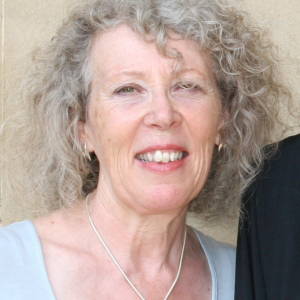Hoverfly-friendly
Artistically, I'm not a fan of feet, though I concede that practically they're extremely useful, so I'm very much in two minds about posting this. But it was mildly amusing to have this Narcissus Fly (Merodon equestris) turn the tables and land on me, after I'd pursued him for a couple of minutes around the ground cover in the rose bed, trying and failing to get a half-decent image of him feeding from the geraniums. And then to turn the tables right back and get the shot anyway. At this point we were left in what you might call a stand-on situation, which I tolerated for a while before realising that he was now apparently quite happy, and might well stay on my foot all afternoon if I let him, so I took a step and he flew.
Merodon equestris is an interesting hoverfly. It's believed to have been introduced here from continental Europe in the Victorian period in imported plants, and back then it was considered a great rarity, but it's now one of the UK's most common hoverflies. Its larvae develop in bulbs, mostly those of daffodils, and they can do a lot of damage, so it's not appreciated by serious gardeners, and is regarded as a significant pest by commercial daffodil growers and bulb nurseries. Luckily I'm not a serious gardener (exhausted and hacked off would be a more accurate description), and I'd rather have plentiful insects than perfect daffodils, so this very handsome fly is more than welcome in my garden.
It's a largish bumblebee mimic - just a little smaller than yesterday's Volucella bombylans - but it's hard to say which bee most of the individuals you find are supposed to be imitating. It has so many different colour forms that I'm not sure they've all been given names - Ball and Morris list five specific variants, but they say that some authorities claim there are actually seven. I think that this guy, with his yellow thoracic stripe and buff tail, is var. 'equestris', but other varieties are available even within my garden: after he flew away I went back to chasing him, and thought I'd tracked him into a little rest space in the geraniums where he settled down and went to sleep; but when I looked at my photos later I realised that the sleeper had a red tail (var. 'bulborum'), meaning that I'd somehow got my Narcissus flies crossed in mid-air. If you're interested, you can see several of the colour forms at Naturespot.
Adult Merodn equestris fly from April to September, peaking in May and June. The males are strongly territorial, settling on preferred perches or spots on the ground, from which they will readily fly to chase rivals, and even quite large bees, off their patch. I often spot them by the quite irritable-sounding, high-pitched buzzing noise they make as they fly.

Comments
Sign in or get an account to comment.


